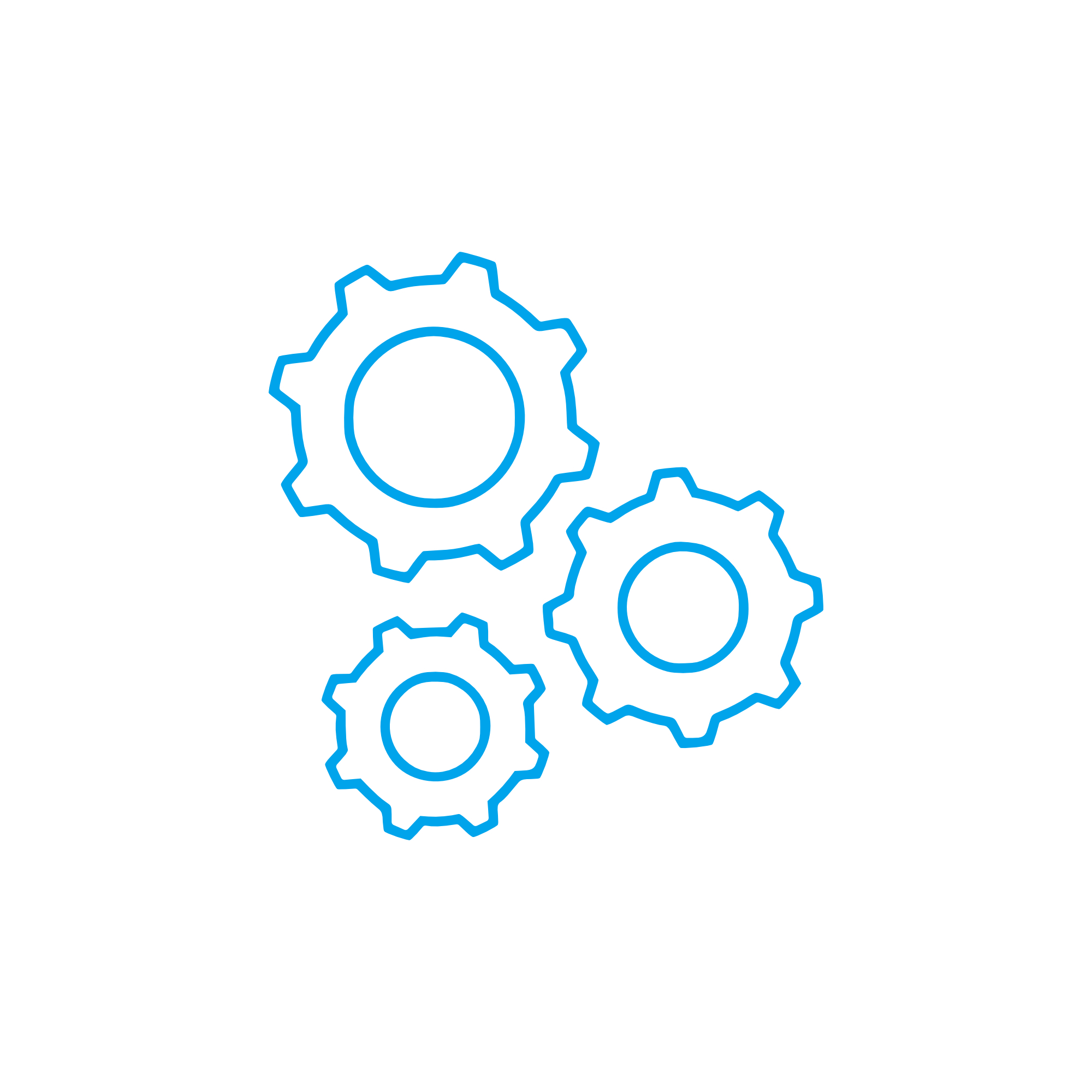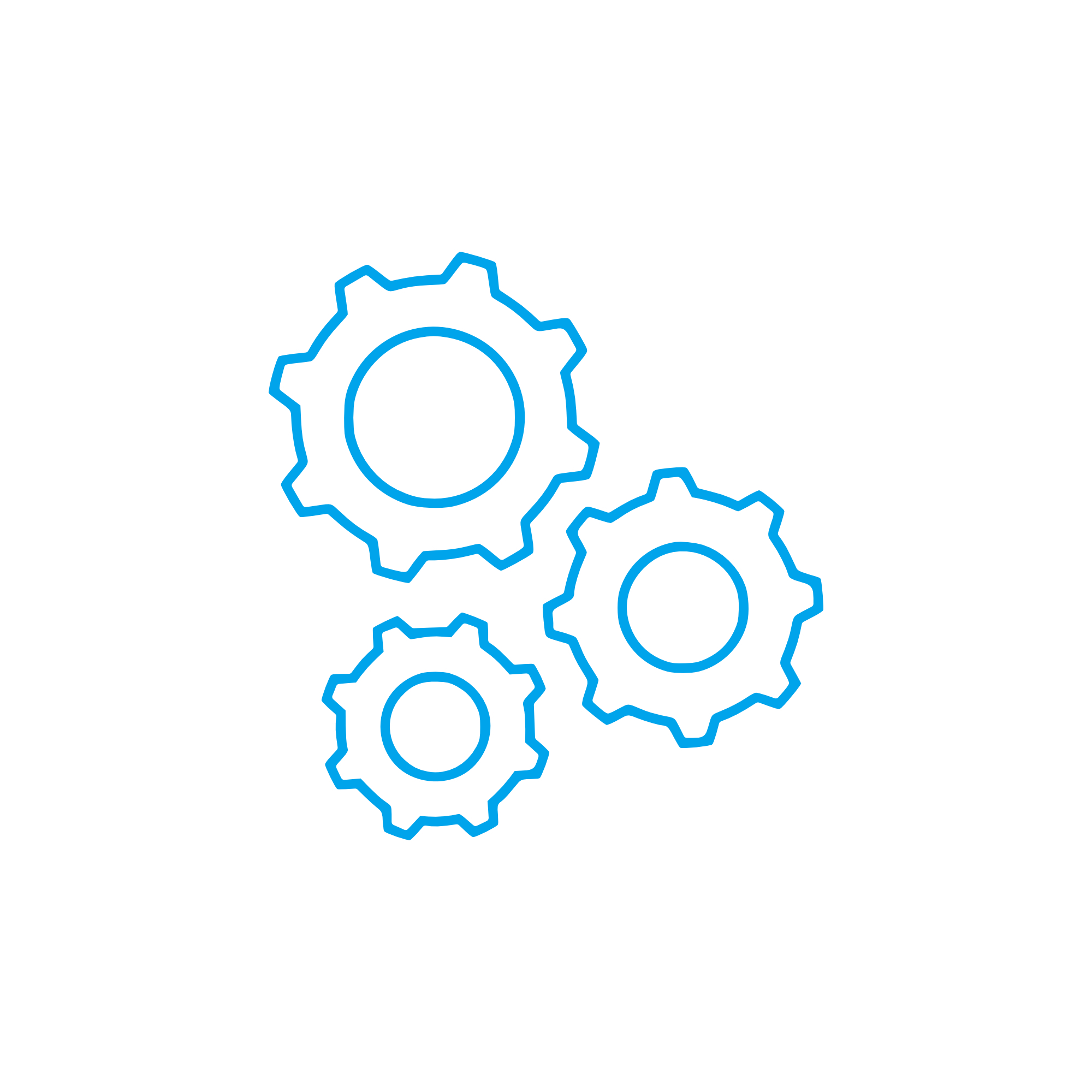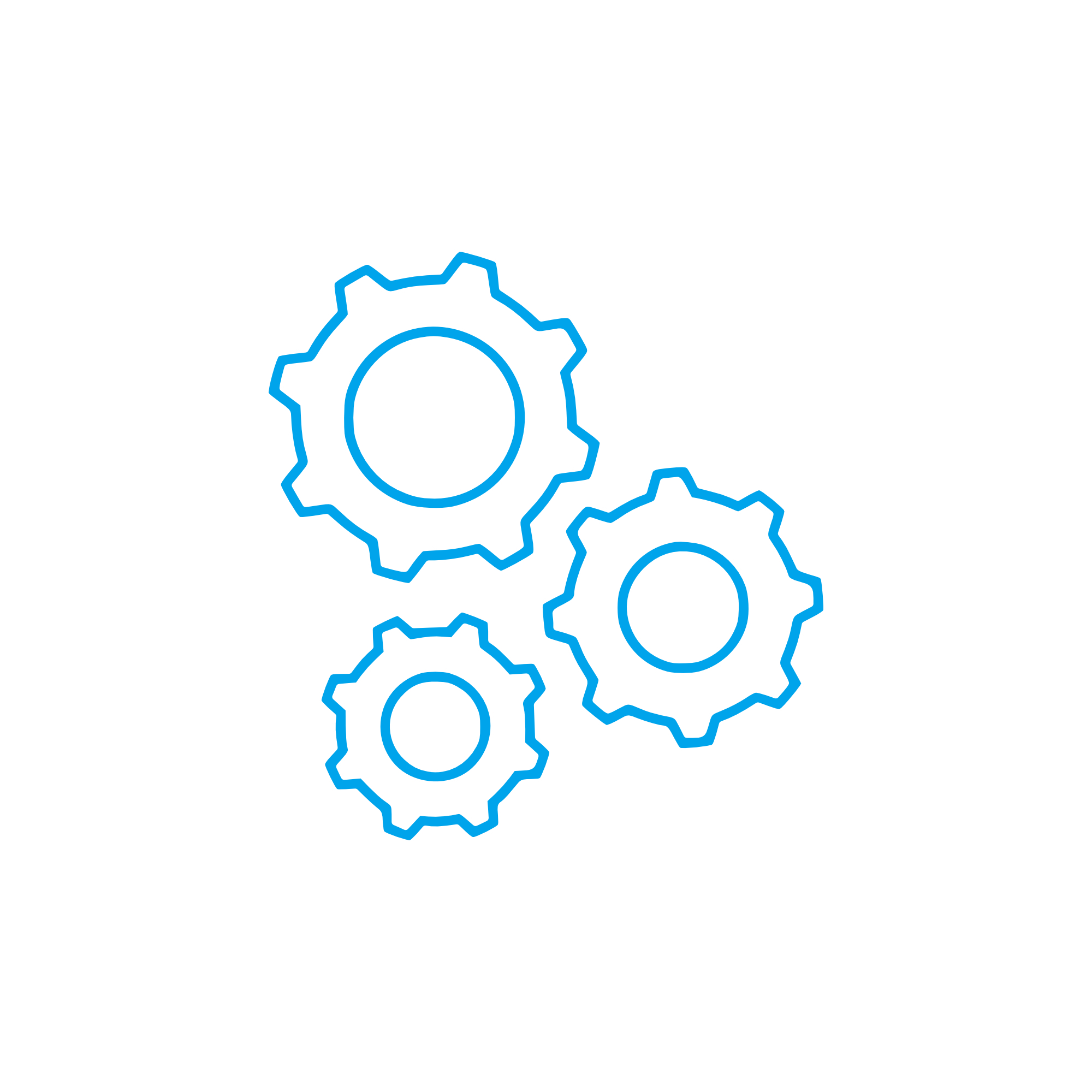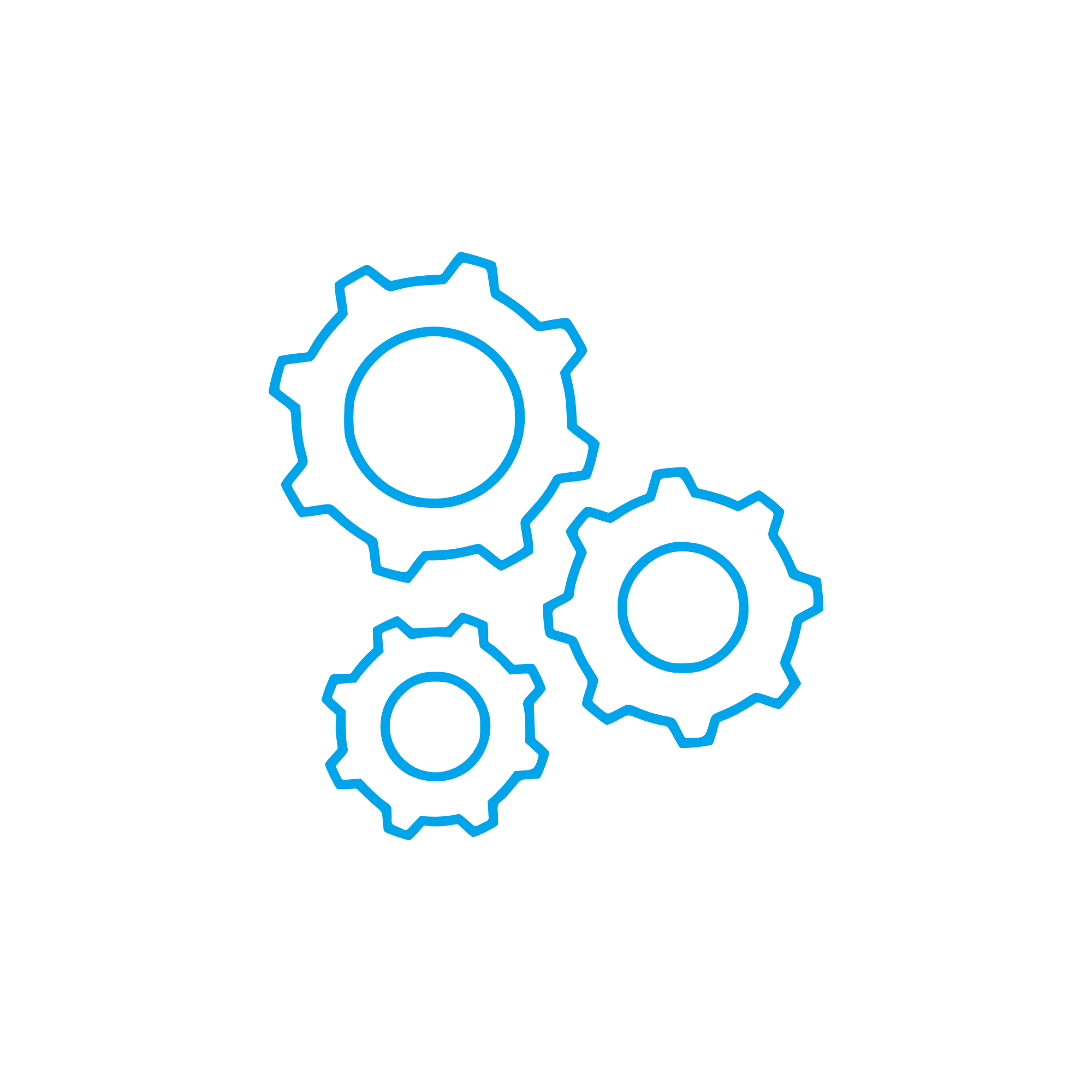PINION gears and toothed wheels for heavy-duty engines
Gears and toothed wheels form the mechanical core of power transmission in engines. From timing trains that synchronize crankshaft and camshaft to reduction stages that couple prime movers to auxiliaries, precision-machined gear sets convert rotational speed, torque, and direction with minimal loss. Within these sets, the pinion is the smaller driving or driven wheel that engages a larger gear to achieve the required ratio. In marine engine rooms, power plants, and industrial installations, robust PINION components and their matching gears ensure reliable motion, correct timing, and efficient load transfer under continuous duty.
The article category “Gears and toothed wheels” covers spur, helical, bevel, and planetary designs, each optimized for specific shaft arrangements, noise targets, and torque densities. Materials typically include alloy steels with case-hardening by carburizing or nitriding, followed by grinding to achieve AGMA/DIN accuracy and surface integrity. For diesel and gas engines, consistent microgeometry—lead, profile, crowning—and controlled backlash are essential to maintain efficiency, reduce vibration, and protect bearings and seals throughout the service life.
PINION technical function in gears and toothed wheels
In an engine gear train, the PINION works as the torque and speed converter. When coupled to the crankshaft, a spur or helical PINION drives the camshaft gear at a defined ratio (commonly 2:1), preserving valve timing and injection events. In auxiliary drives, a PINION may engage oil pump, fuel pump, or governor gears, while in reduction gearboxes it mates with an intermediate or ring gear to match engine output to propeller load. In a diesel engine, contact patterns across the tooth flank must be centered and uniform; misalignment shifts load to an edge, accelerating pitting and scuffing.
Tooth geometry follows the involute profile with specified module/DP, pressure angle, and helix angle. Precision grinding and honing minimize transmission error and enhance mesh stiffness. Proper lubrication—splash, forced oil, or spray bars—creates an elastohydrodynamic film that prevents metal-to-metal contact. In a marine engine application, the PINION’s face width, hardness depth, and residual stress profile are tuned for high shock loads, reversing duty, and long intervals between overhauls. Specifying PINION OEM parts helps maintain the exact ratio, center distance, and microgeometry set by the engine maker, preserving efficiency and low-noise operation.
- · High torque density with compact dimensions.
- · Accurate ratios for precise timing and speed control.
- · Hardened, ground tooth flanks for wear resistance.
- · Optimized microgeometry to reduce noise and vibration.
- · Reliable lubrication paths for thermal stability.
- · Compatibility with diesel engine and marine engine gear trains.
- · Traceable materials and heat treatment for consistent performance.
PINION performance, efficiency, and safety
Mesh efficiency hinges on flank finish, alignment, and lubrication. A well-made PINION in a timing train minimizes transmission error, maintaining consistent cam phasing and injection timing, which translate into lower fuel consumption and emissions. Safety benefits follow: stable gear engagement reduces the risk of tooth root fatigue and overload failure, protects bearing sets, and prevents sudden loss of driven functions like lubrication or fuel delivery.
Why gears and toothed wheels are critical to engine reliability
Engine reliability depends on gear trains that hold their geometry under load. Wear, scuffing, micropitting, or corrosion on the tooth surface increase backlash and noise, disturb timing, and raise bearing temperatures. Excessive backlash in a timing set can cause phase drift, rough running, and elevated NOx due to injection/valve event errors. In severe cases, debris from a spalled tooth can contaminate the oil circuit, damaging pumps and journals. Misalignment—often from worn bearings, bent shafts, or improper installation—pushes contact toward the flank edge, accelerating failure. Routine checks of backlash, contact marking (“blueing”), runout, and oil cleanliness are essential to keep gears and toothed wheels within specification.
Advantages of OEM spare parts suitable for gears and toothed wheels
Choosing OEM spare parts for gears and toothed wheels safeguards dimensional fidelity and metallurgy. These components are produced to the engine maker’s drawings, with identical module, helix, pressure angle, and lead corrections that keep contact patterns centered and quiet. Heat treatment and case depth match the design intent, preserving tooth bending strength and flank durability even in high-load diesel engine service. For operators, this means predictable performance, stable vibration levels, and fewer unplanned stoppages.
Budget and lifecycle outcomes improve as well. PINION OEM parts mesh correctly on the first installation, reducing commissioning time and the risk of premature wear from geometry mismatch. Consistent microstructure and surface hardness minimize polishing wear, extending oil life and bearing health. Standardized traceability and documentation enhance auditability for class and compliance, while global availability shortens downtimes across fleets.
MOPA — partner for OEM spare parts for gears and toothed wheels
MOPA is an experienced and reliable partner for OEM spare parts Gears and toothed wheels. The team supplies PINION gear sets, timing idlers, and complete trains for diesel and gas engines with a focus on speed, quality, and security in the trade of OEM parts. From inquiry to dispatch, MOPA provides transparent lead times, documentation, and material traceability, helping shipowners and plant operators minimize off-hire and restore engines to optimal performance. With responsive logistics and technical support, MOPA ensures the right gear, the right ratio, and the right fit—worldwide.
Conclusion: PINION gears and toothed wheels that keep engines running
Well-engineered gears and toothed wheels—centered around a precisely made PINION—are essential to engine performance, efficiency, and service life. Selecting OEM spare parts suitable for this category preserves geometry, reduces risk, and delivers measurable value across fleets and facilities.





